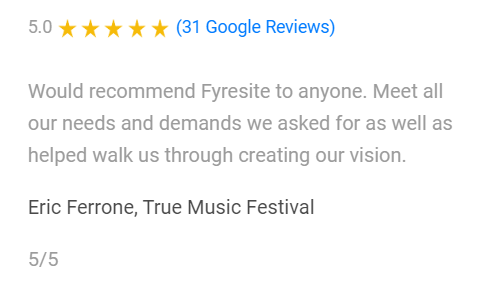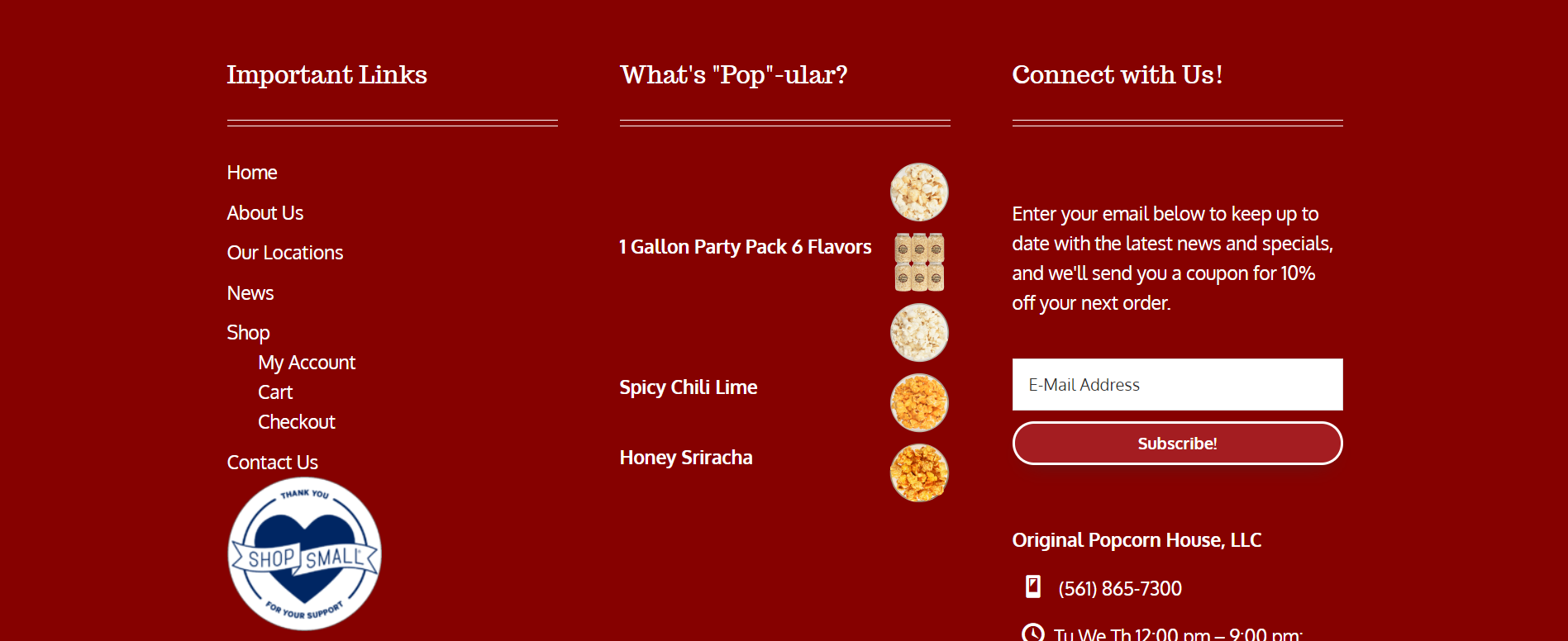Everyone believes they are smarter shoppers than they actually are. But in reality, the shopping process is entirely emotional. In fact, without social proof, your eCommerce website is dead in the water.
This post is part of a 9-part series on UX psychology. Read the next post on the Peak-End Rule
What is it?
To understand what makes social proof work for websites, let’s take a step back and examine a more familiar example. Let’s say you’re looking for a place to eat. Every time you see a restaurant, you ask yourself, “Is this restaurant any good?” Of course, you can’t be sure until you try the food, so you’ll have to look for clues.
The easiest evidence comes from other people. If there isn’t anyone inside the restaurant, you’ll probably infer that the food isn’t good. But if the restaurant is packed to the brim with people and has a line that stretches for two blocks, you’ll probably come to the opposite conclusion. That’s social proof in action.
So What?
Whether your customers are strolling down the street or scrolling through the search results, they want proof that your services are worth their money. Restaurants can add big windows or outdoor seating. Night clubs and festivals can admit people really slowly to make lines longer. But what can an eCommerce website like yours do to flaunt your frequenters? What can you do to provide social proof? Here are some of the most common and effective ideas.
Ratings and Reviews as Social Proof
Ratings are everywhere for one simple reason: they work. Nothing conveys public opinion quite as quickly as five stars.

They work especially well when tied to product reviews. If the sheer number of positive ratings doesn’t do the trick, the human touch will.

Sometimes, more reviews are better than one. If you provide three or so reviews from credible sources, you will boost your website’s appeal.

Customer Behavior as Social Proof
Reviews don’t always cut it. How many times have you read reviews before buying airline tickets? Some businesses need a different approach. Airlines, for instance, will show you how few seats are left on a flight.

Of course, these numbers are misleading. In many instances, the “1 left” notification actually means there’s one ticket remaining at that price, not that there’s only one seat remaining. In fact, airlines usually oversell seats, anyway.
But why would an airline include that number? The most obvious answer is that the notification adds urgency, but that’s only part of it. The second answer is simple: social proof. When a customer sees that there’s only one seat remaining, they feel that the flight is more popular. Social proof is subtle but effective, even when you don’t realize it’s there.
The same goes for eCommerce websites. Labels like “only 5 left in stock” or “62 people watching this” or even “most popular” will assure visitors that buying is a good idea. The Original Popcorn House, for instance, lists the most “Pop”-ular flavors. That’s a great use of social proof.

But social proof isn’t limited to numbers. Amazon uses other customer behavior to suggest new products that you might like. By telling you what other people who looked at a product purchased, they provide social proof.

Displaying information about other customer’s behavior is no different than a restaurant with large windows: it lets potential customers see existing ones before making a decision. As a result, more visitors turn into buyers.
Case Studies as Social Proof
Ratings let customers judge a business at-a-glance. Reviews upgrade ratings by adding a human touch to each score. Similarly, case studies upgrade reviews by providing behind-the-scenes details. They tell an engaging story that lends credibility to each review and rating.
Case studies don’t have to be linked directly to a review, rating, or listing. Merely including them on your website boosts your social proof. However, it’s important that they provide detailed, concrete stories of people who used your service and got good results. Make them as human as possible–like Dr. Barrett’s patient stories.

To make each case study as effective as possible, weave in an engaging and relatable plot. An easy way to add that plot is to use a problem/cause/solution format. Start with the problem that the customer brought you, explain what caused it, then explore your solution in-depth and elaborate on how it solved the problem. It may not feel like you’re adding a story, but you are. Visitors will read these case studies and imagine themselves in the customer’s shoes. Use your past customers to prove to new ones that you offer a valuable service.
Endorsements as Social Proof
Endorsements can come in many forms. Many products benefit from a celebrity or influencer endorsement. These popular individuals lend your product some of their own fame. However, don’t get stuck on celebrities. Expert testimony may be just as effective. Both celebrity endorsements and expert testimony function in the same way: they use a credible and relatable person to prove the quality of a good or service. Here’s an example from the PrePass Alliance Website.

Similarly, an award or certification proves the quality of your product. Something as simple as a seal of approval provides loads of social proof. For example, the Modular Mining website uses certification to prove its effectiveness.

While it may not seem like expert testimony, an award functions in the same way: an authority figure guarantees that your product or service is high-quality. As a result, customers will conclude that if everyone else likes it, it must be a good product.
Friends and Family in Social Proof
Instead of telling visitors how many people interacted with something, try showing them that two of their friends did. This strategy targets customers more narrowly and usually works best in an especially social context.
This strategy works great for Facebook. If an article comes up in your feed, Facebook will tell you which friends liked the post. The same goes for Steam. Since customers probably want to play their new video games with friends, Steam tells them which friends own the game.

However, you should be cautious before using this strategy. User privacy is incredibly important. Be careful not to violate it.
Social proof is a very powerful phenomenon, so take advantage of it on your eCommerce website. It truly makes the difference between a healthy growing web store and a whithered one. To learn more about how strategic digital marketing will improve your eCommerce website, reach out to us online or call us at 844.526.2253. We look forward to hearing from you.